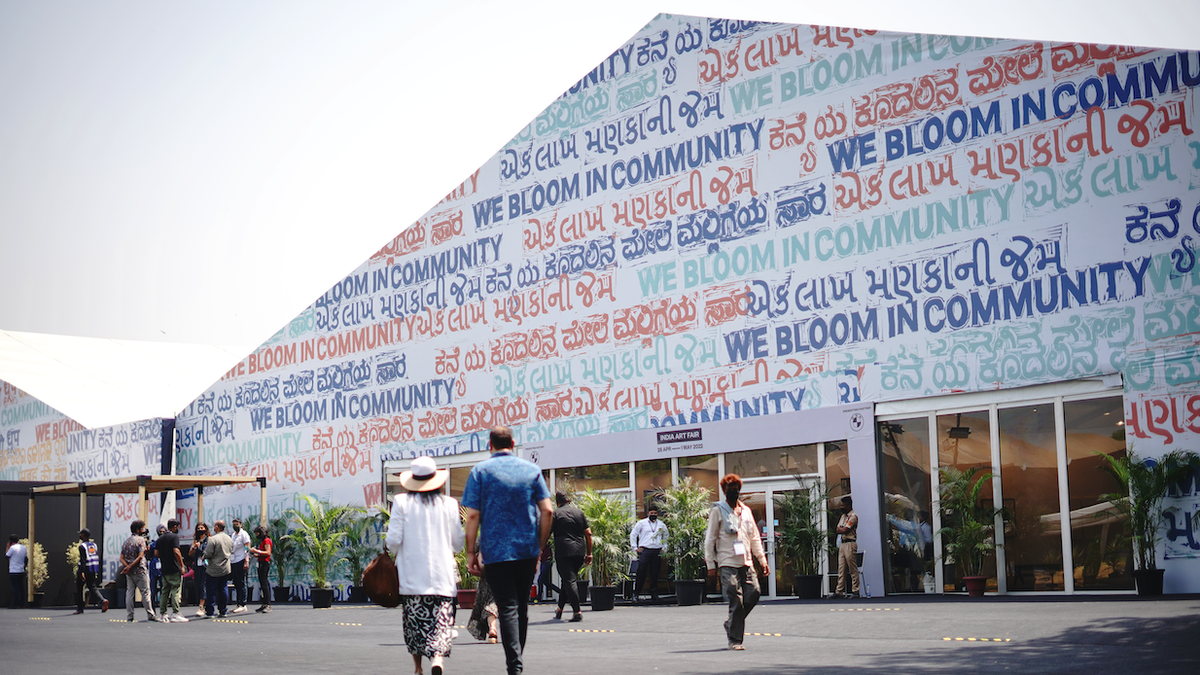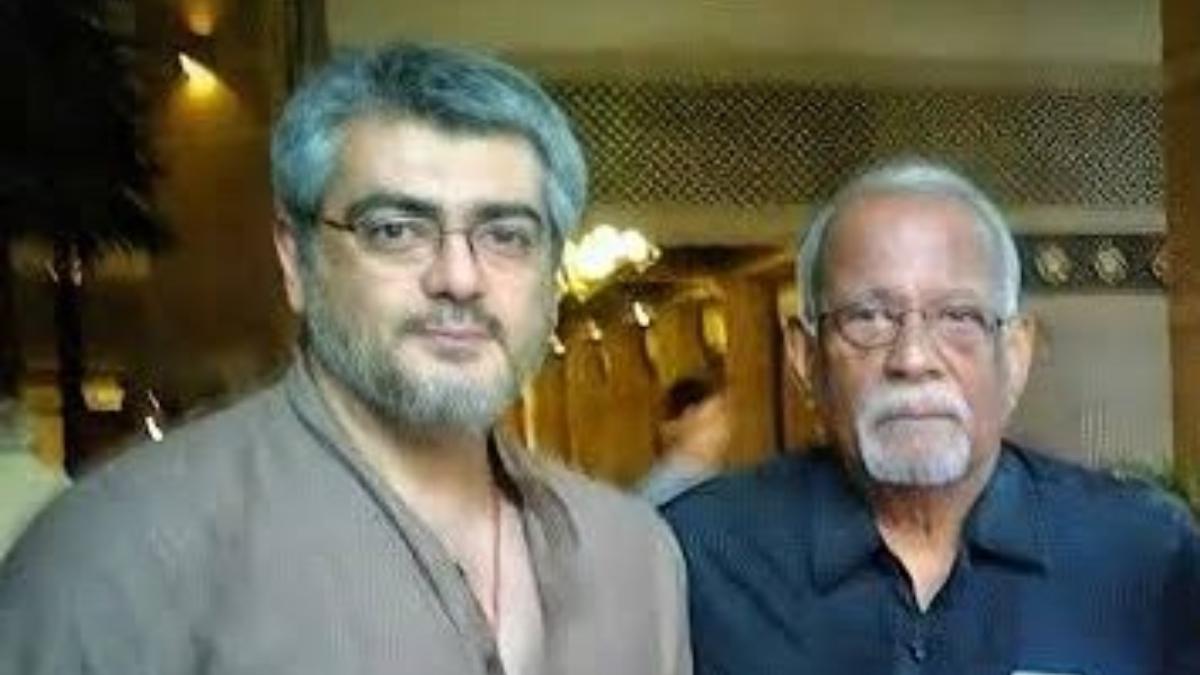As a witness to the India Art Fair (IAF) since its inception, I have a distinct memory from an earlier outtake — children peeking over the boundary wall of the fairgrounds, disrupting the manicured landscape with raw curiosity and unchecked laughter returned in equal compassion by waving visitors and participants. A performance of childlike spirit flowing across, uncontained.
So, on engaging with some of the multitudinous voices that shape this year’s edition, it is heartening to observe how over years of evolution, the fair today stands to dissolve the perceived polarities of young-old, past-present, technology-tradition, performance-fine art, gallery-street, human-nature, man-woman et al.
Arpita Akhanda explores history through photographs, maps, letters and postcards
| Photo Credit:
IAF
With over 1,000 artists, 71 galleries and 14 participating institutions, the 14th edition, to be held from February 9-12 at the NSIC grounds in New Delhi, is poised to present a fresh juxtaposition and interplay of various forms and philosophies. “We want to break down the boundaries and hierarchies between what is considered art and what is considered craft,” says Jaya Asokan, fair director. “At the fair, works by contemporary artists who are forwarding inherited art forms such as Madhubani artist Santosh Kumar Das, Gond artist Dhavat Singh, Bhil artist Bhuri Bai can be seen on an equal platform as global artists Anish Kapoor, Mithu Sen and Kiki Smith. We are giving them the attention they truly deserve.”
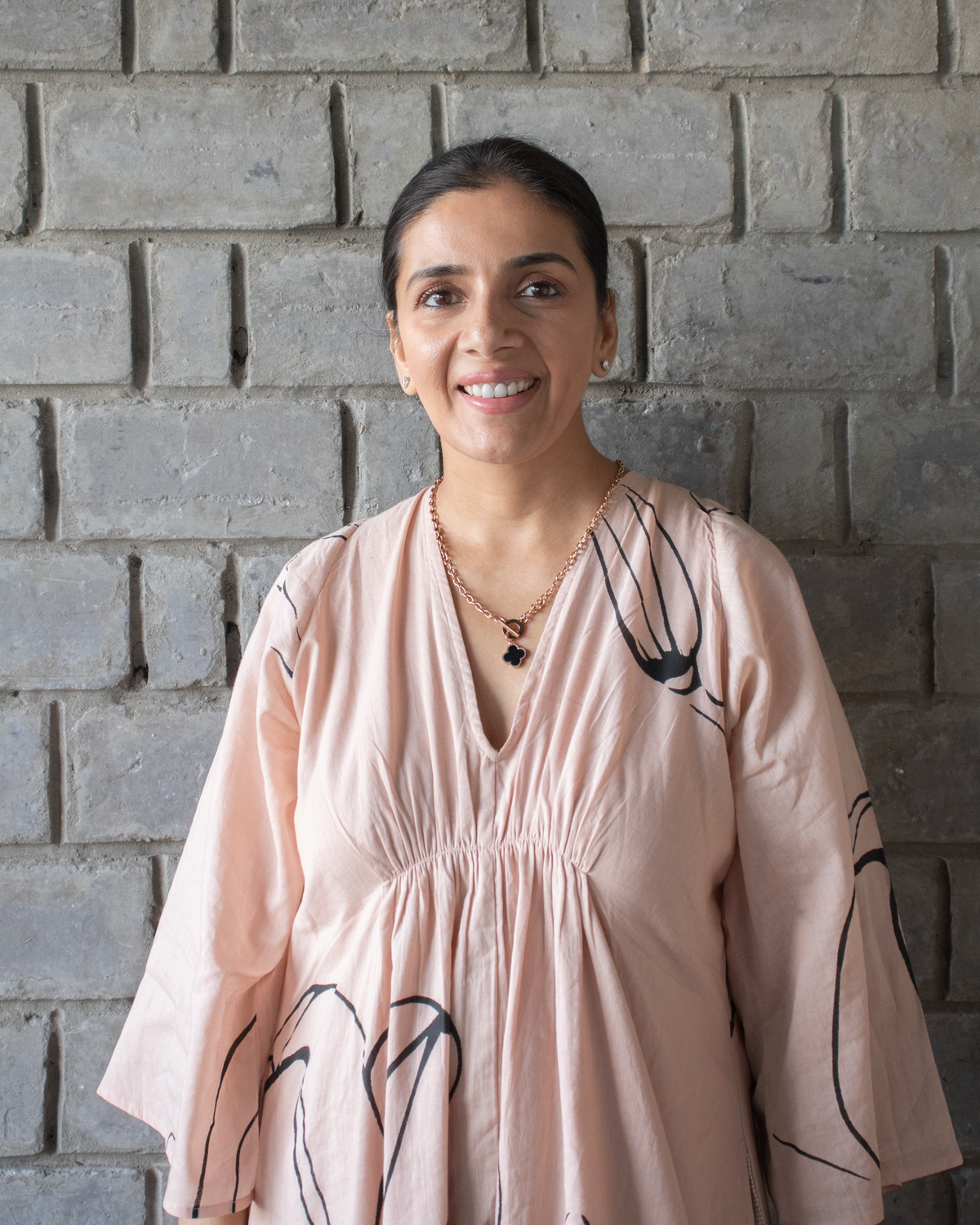
Jaya Asokan, India Art Fair director
| Photo Credit:
IAF
With the Kochi Muziris Biennale recently raising some important concerns about the need for effective organisation, there is increased focus on how IAF can extend its role in the public sphere, making art more accessible locally and globally while offering expert guidance and a well-organised outlet for the industry. The director is confident about these responsibilities. “The India Art Fair stands at the forefront of championing the stories and achievements of South Asian artists, not just for four days, but 365 days a year through the power of our digital platforms. We are dedicated to representing the diversity of voices and placing them at the core of our identity.”
“We believe in the transformative power of art, using it as a tool to nurture important conversations around issues that affect us all, from mental health, gender, sexual orientation, caste, ecology. As the only commercial fair in the region, we hold the responsibility to drive dynamism in the market, expand the collecting base, and propel the international conversation on Indian and South Asian art and culture.”Jaya AsokanIndia Art Fair director
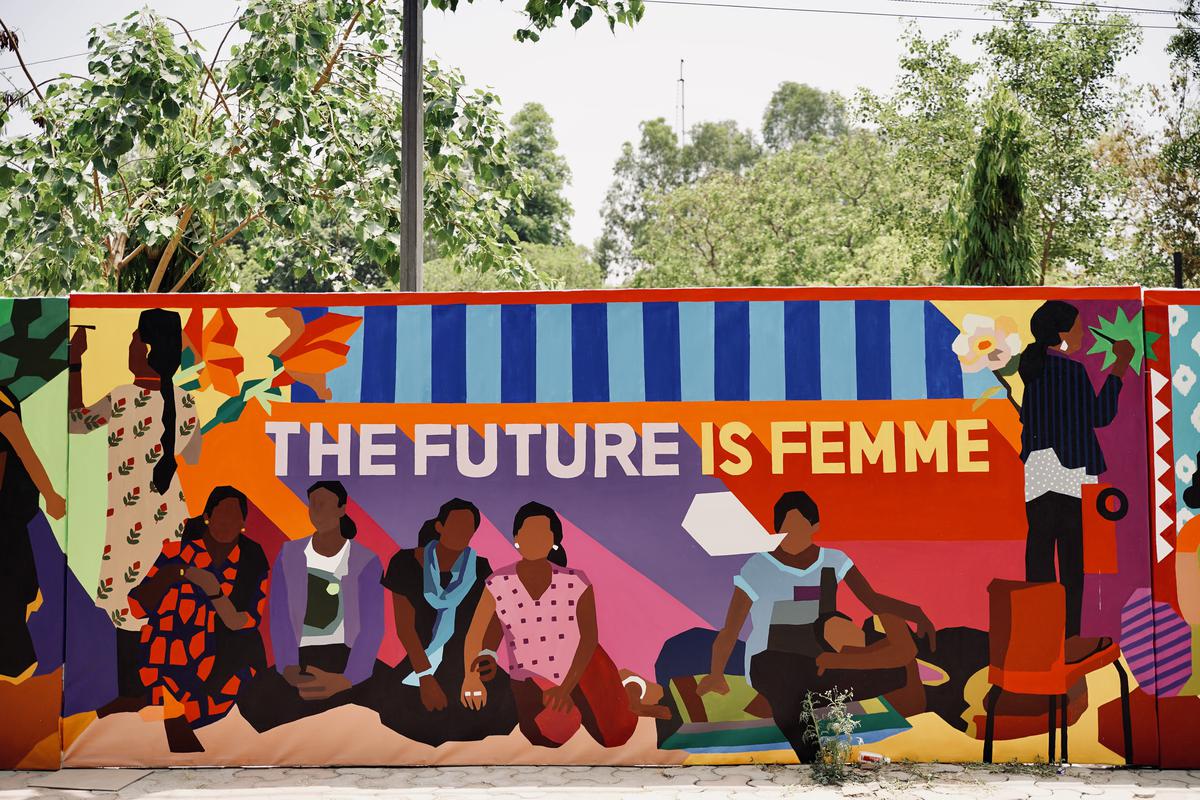
Aravani Art Project’s The Future is Femme (2022) installation
| Photo Credit:
IAF
Exploring identities
Meanwhile, the much-anticipated artists featuring in the new programs are quietly preparing their inner children to take stage. Debashish Paul channels their childhood between the ancient cities of Benaras and Phulia in Bengal by dressing up in sculpture and performance, dissolving notions of time and space. “When I worked for 50 days in the hills, I became part of the landscape and knew that my identity is timeless. Both the towns I grew up in are culturally rich with folklore and mythology that shaped my being through teachings of love, oneness, our universal connectedness. To establish these wisdoms in a place of free engagement such as the fair is the purpose — play brings us back to our true identities,” they share.
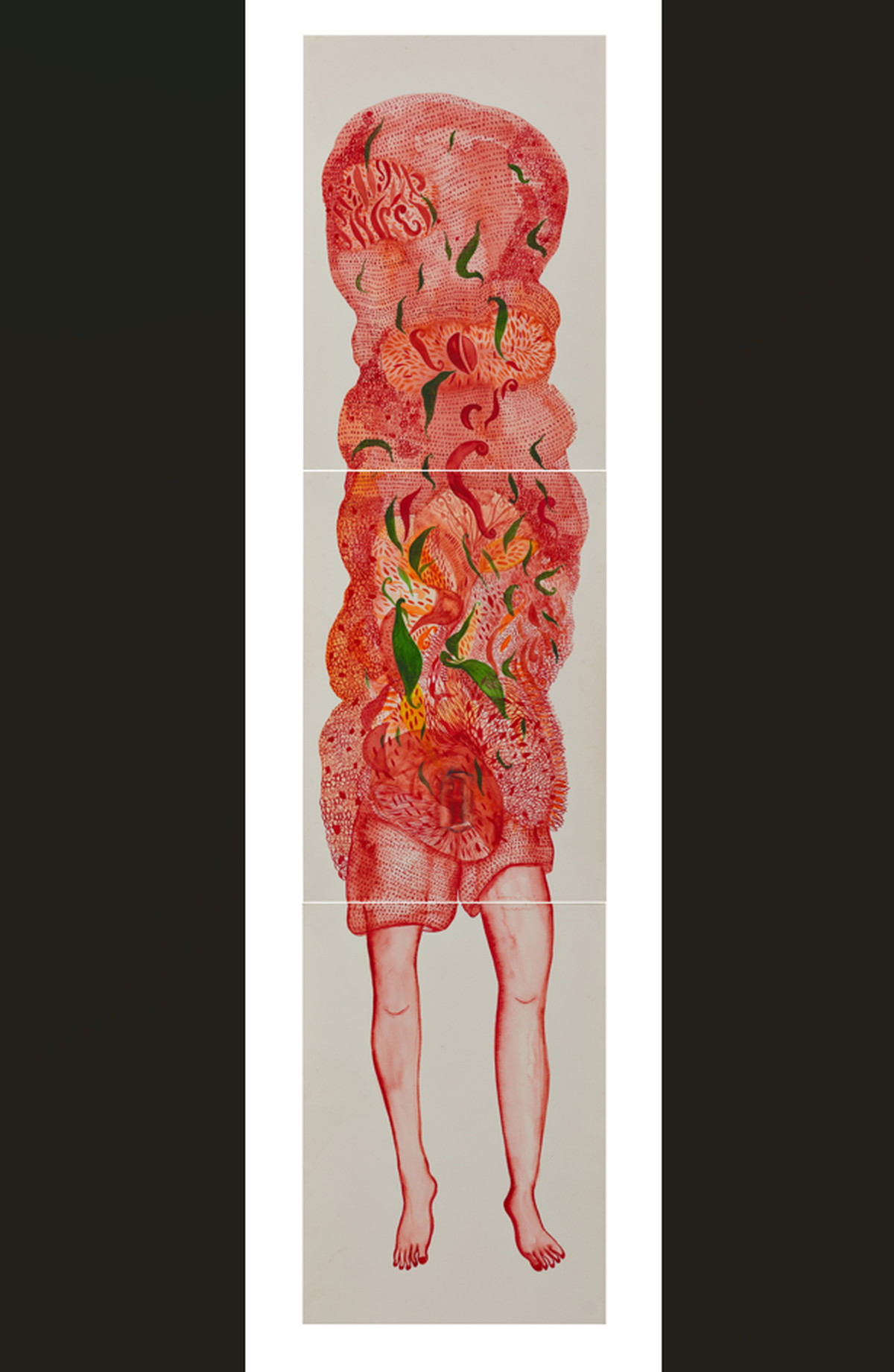
Untitled by Debashish Paul
Lakshmi Madhavan’s inquiry is enwrapped in innocent memories of her grandmother’s comforting body cloth, the kasavu mundu. She talks me through the ageless weaving village of Balaramapuram in Kerala, which serves as her studio and pilgrimage. “The creation of the kasavu mundu is a 200-year-old tradition and four-five years of engaging with it seems like a small intervention. The ground-level scenario is different; your thesis goes flying out if you truly want to understand and revive the craft.” She shares how the bodies of the weaver and loom appear to merge as a single organism. “It is like a mythical creature that is half-human and half-machine thanks to the intimate relationship they’ve shared for 20-25 years.” She unpacks the question of identity through a work that observes the irony that a weaver is not allowed to wear the garment although they spend years creating it. “The only time the cloth drapes them is when they die — and therefore are “no body” — dissolved of caste, community, gender and socio-economic discrimination.”
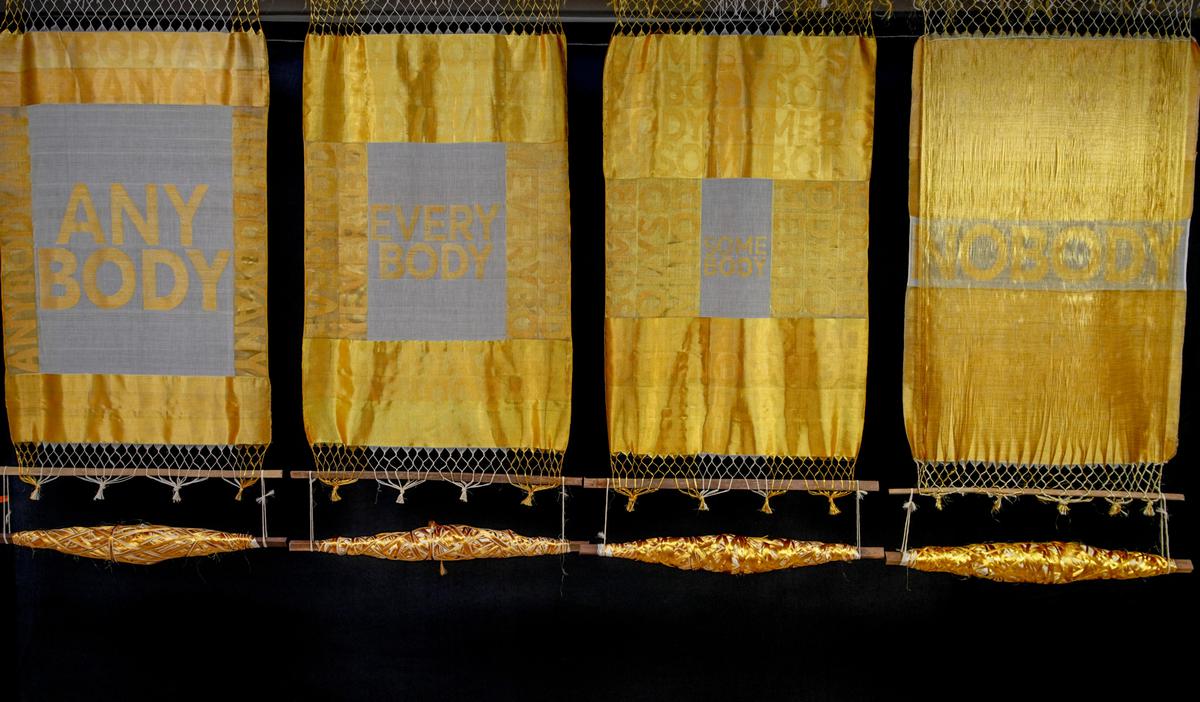
Lakshmi Madhavan’s Hanging by a Thread III
| Photo Credit:
IAF
Every micro-narrative such as this forms a sea of enriching stories seamlessly swimming within the macro discourse.
Of memory, verse and fiery zines
Gaurav Ogale of the Digital Artists In Residence Program uses his agency to create an alchemy of poetry and technology, tangible and intangible, the everyday and the enchanting through his collected memories of growing up, travelling, and meeting people. “Converging cultures is my core motivation to create. I believe cultures are a reflection of what we mean by aesthetics, what we mean by visual memory, which most certainly inspires our imagination, because those are the references that we have in our personal repository.”
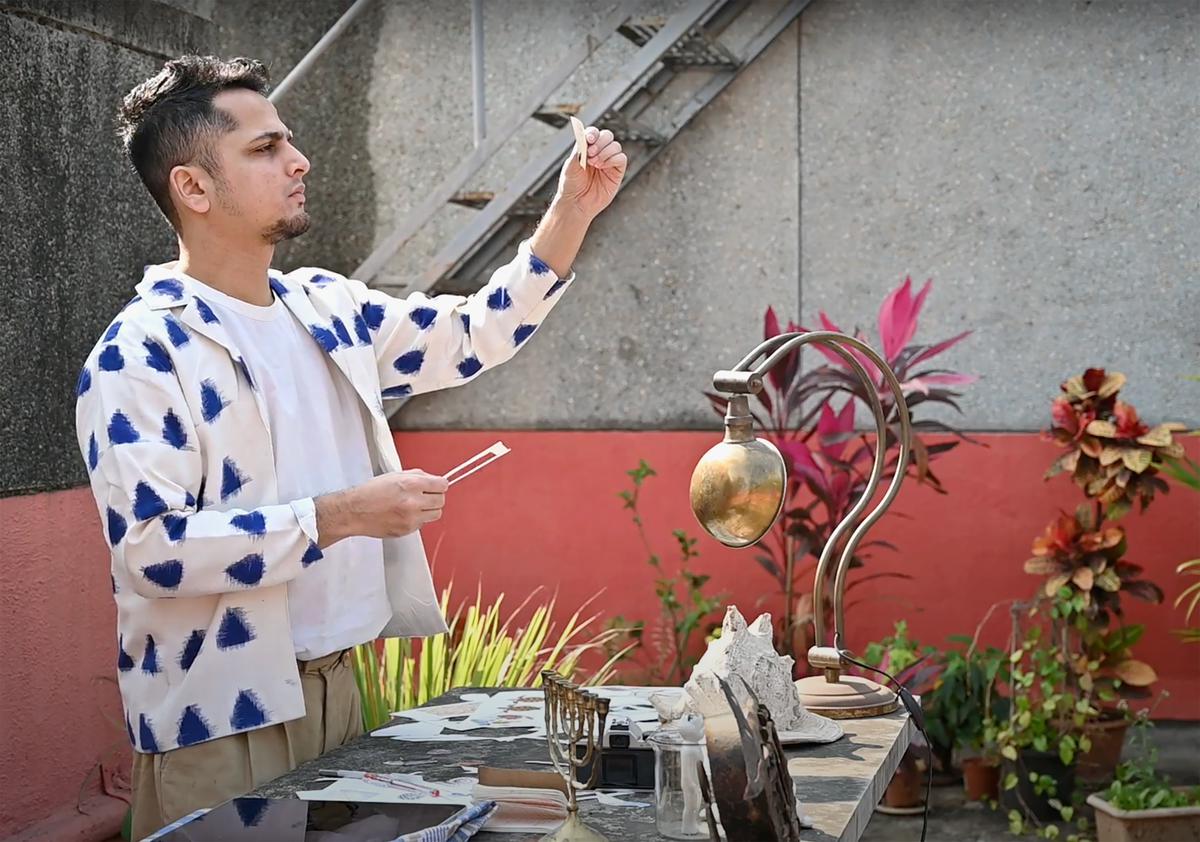
Artist Gaurav Ogale
| Photo Credit:
IAF
He alludes to a state of cultivated suspension among crowds to store away all he observes. “Like a doorway I saw somewhere, somebody’s earrings… it all comes back as things that connect a story. I’m able to combine poetry and words digitally because for me these things are not independent – they are all elements of the same story. When a story comes to me, it is often in the form of a word or a sentence, just the sound that a word makes can create a world for me.” His work at the fair, a satire on bestsellers, muses everyday unsung heroes who he feels “deserve a place on our bookshelves”.
The fair’s first posterzine, Fire in The Belly, is another compelling textual act featuring eight powerhouses, including Meena Kandasamy and Shilpa Gupta. “The stickers are an extension of works that deal with notions of truth, time, and definitions of the self and the other,” shares Gupta. The zine is meant to be torn, pasted and used to spread feminist messages towards creating a more equal world.
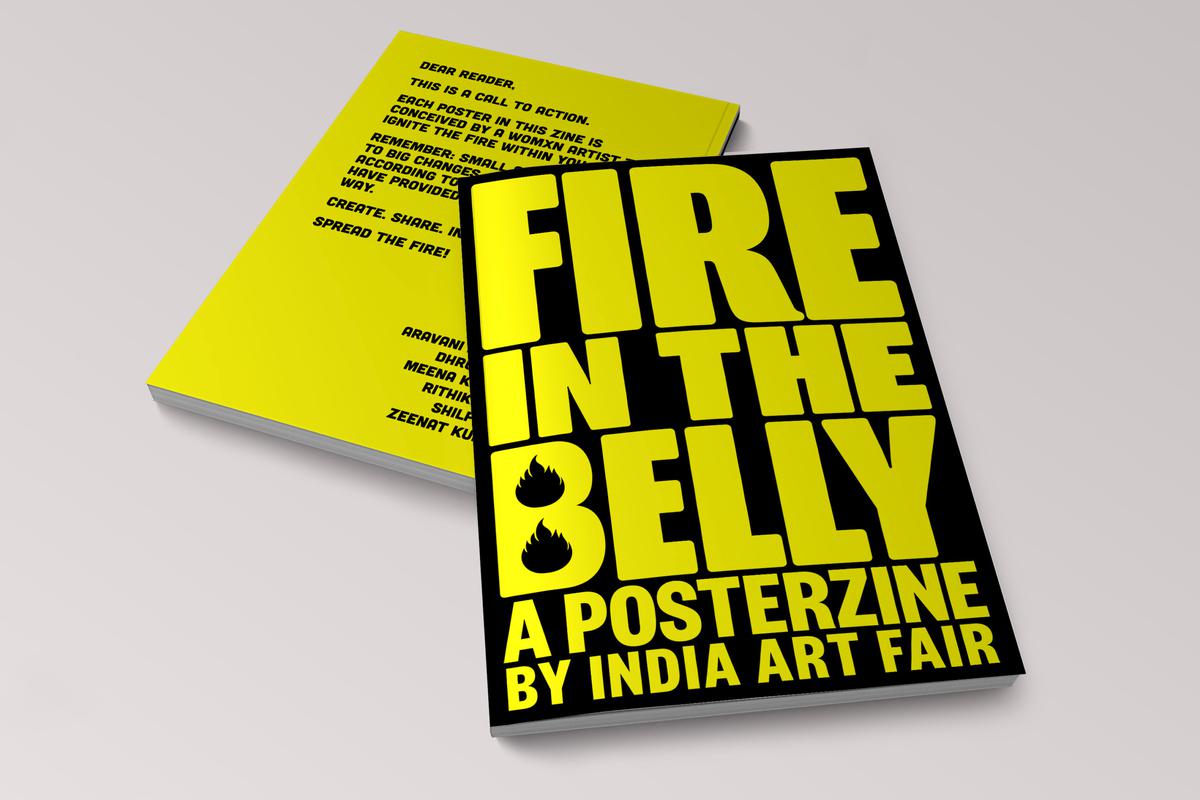
The Fire in The Belly posterzine
| Photo Credit:
IAF
In another first, the key learnings from the talks programme, Align & Disrupt, will be documented in an action-plan which will be made available to all. These sessions address important areas from representation to patronage.
The world at the India Art Fair seems to be growing convergent, devoid of boundaries both in discipline and time-space, a welcome playground of the ingenuous and ingenious, a hope in a fragmented world. “I have learned weaving from the womb,” as one of Lakshmi’s weavers would say, a reminder true for every artist — existing and yet realised — to keep their child alive.
The senior writer-editor’s practice straddles convergent cultures, global literature, multidisciplinary arts, and social issues.


